New observations suggest elongated gas filaments that stretch into space may be feeding supermassive black holes.
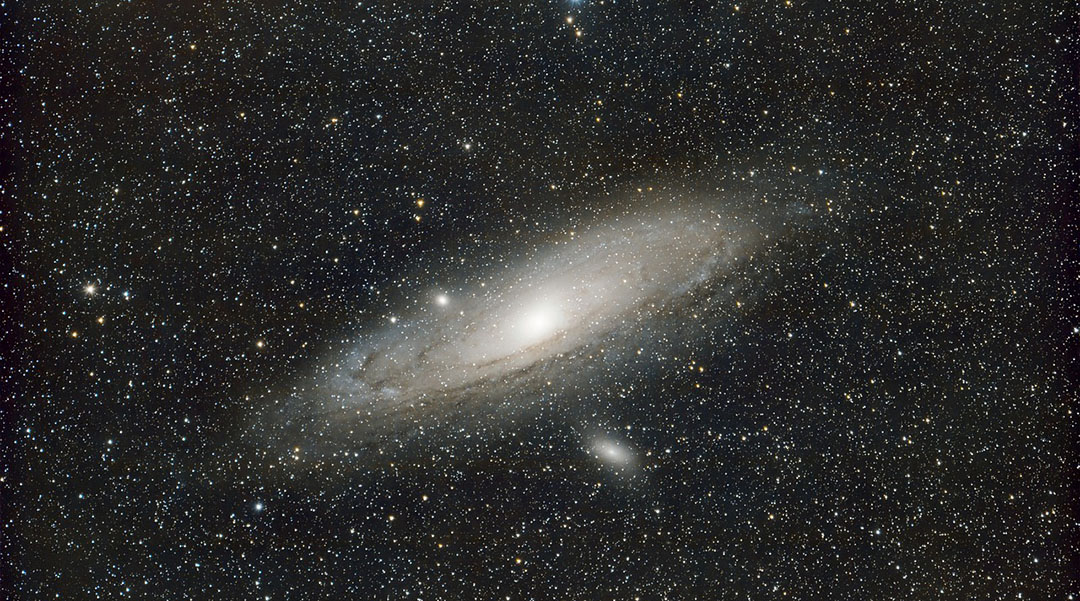

New observations suggest elongated gas filaments that stretch into space may be feeding supermassive black holes.
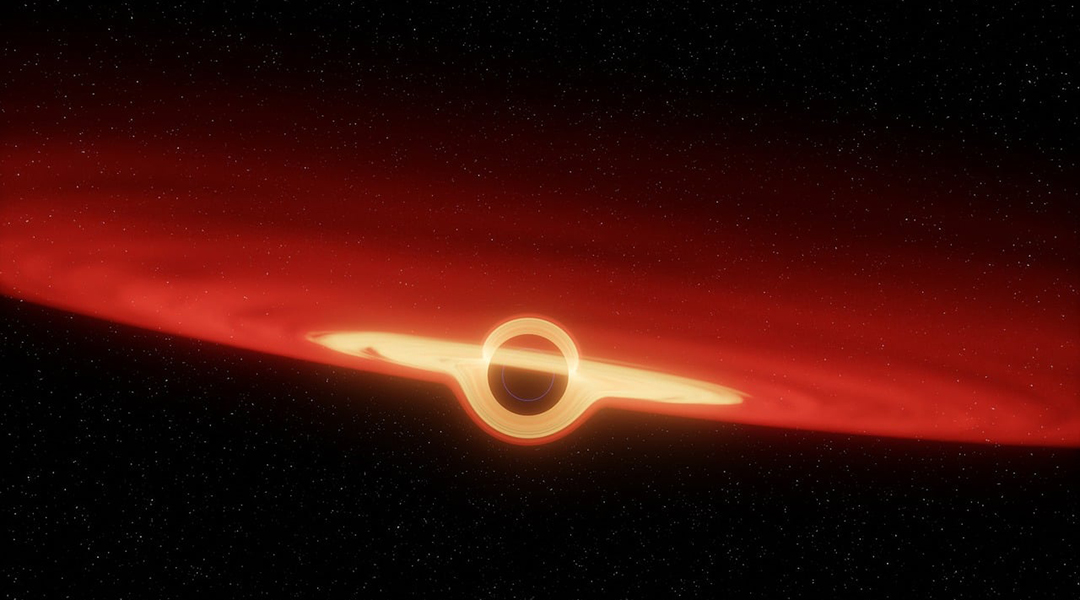
Small primordial black holes could have consumed the interiors of planets or asteroids, leaving their outer shells intact.
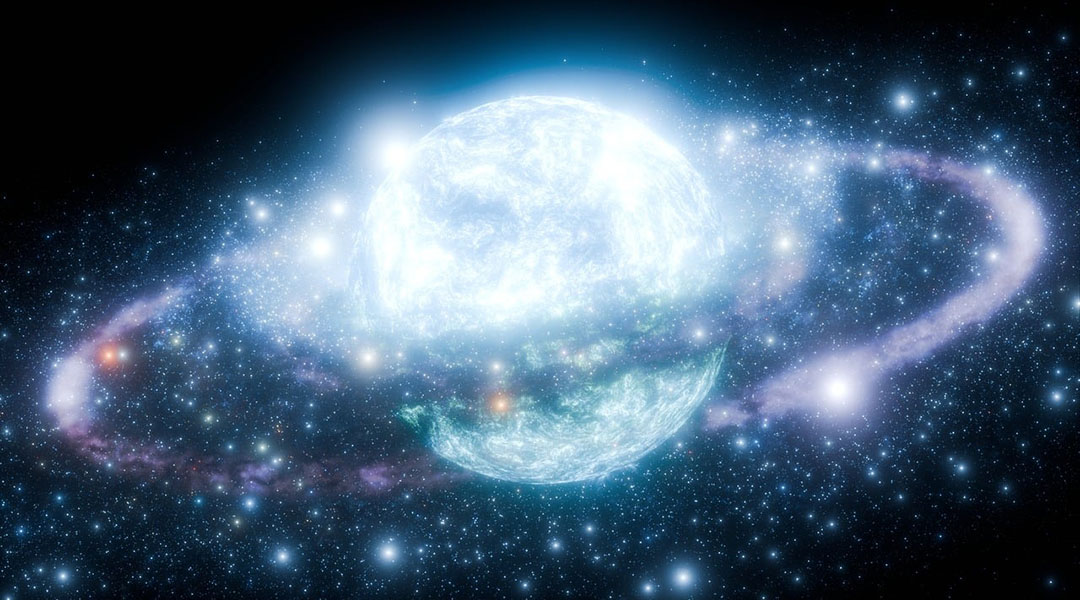
Dark matter may be gathering in dense clouds around neutron stars, potentially making it easier to observe it from Earth.
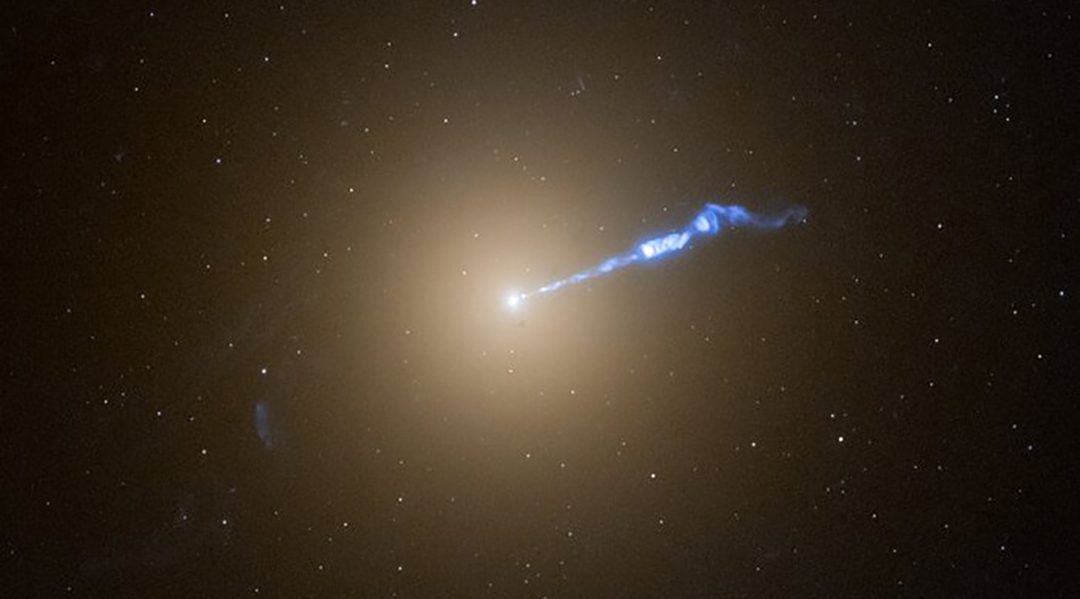
Using the Hubble Space Telescope, astronomers discovered the jet from a black hole, triggering nova explosions along its path.
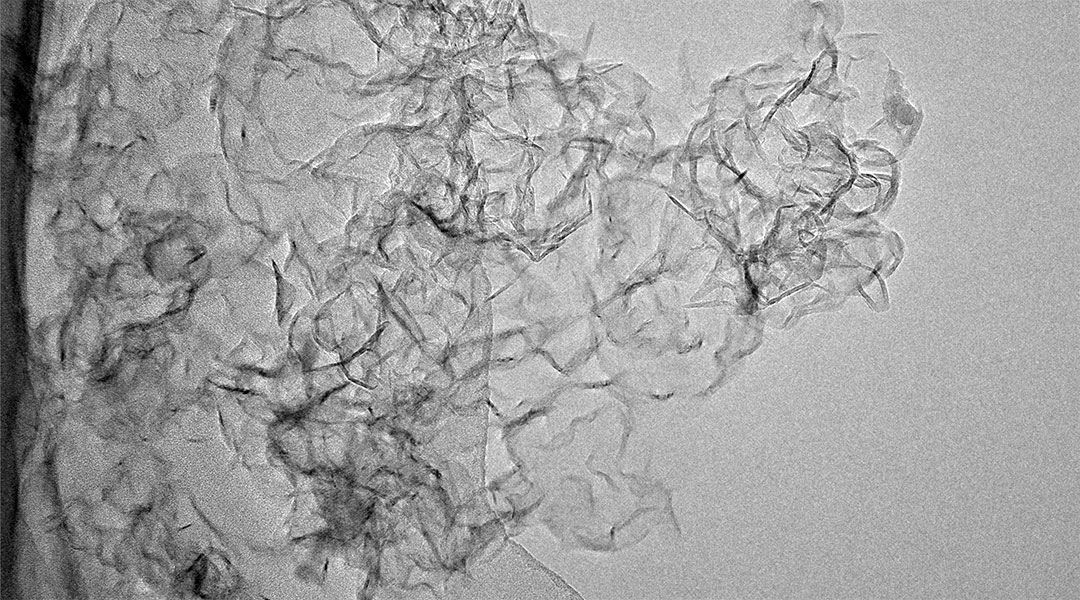
Scientists convert harmful microplastics into valuable graphene using plasma, offering a promising solution for this type of pollution.
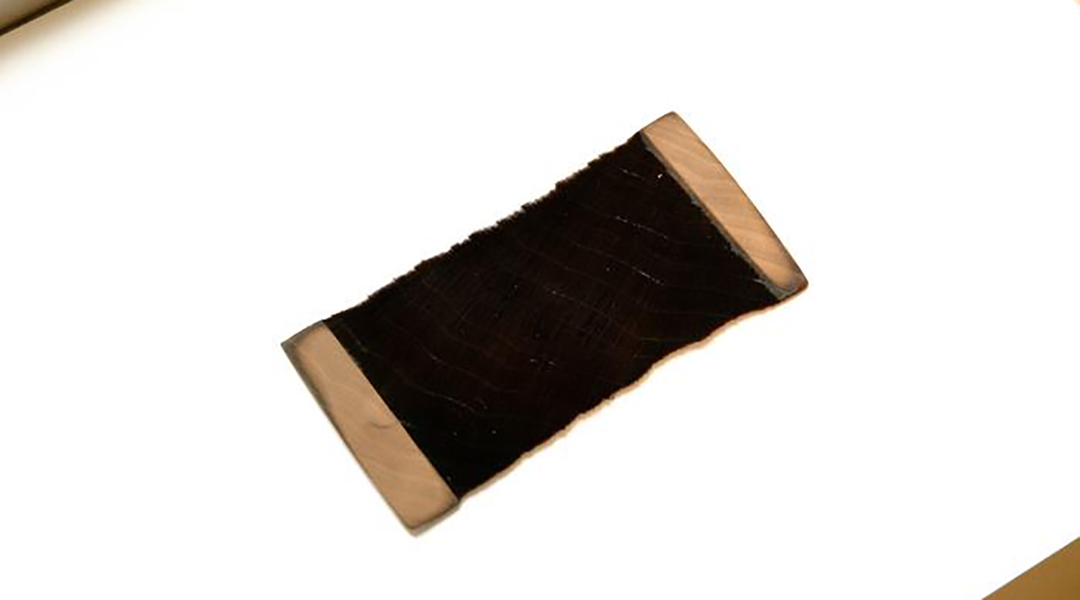
This material absorbs more than 99% of the light that strikes it, making it useful in applications ranging from solar energy to astronomy.

A team of international scientists has unveiled a solution to the age-old challenge of generating high-energy radiation.
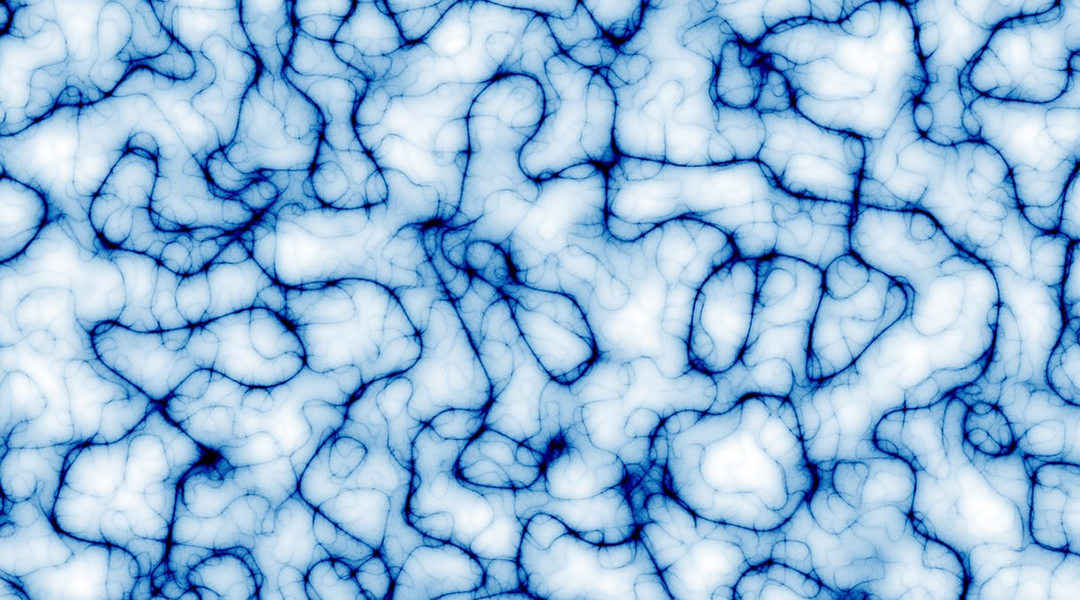
Harnessing Alfvén waves, scientists take a step closer to clean and abundant energy by learning how to tame runaway electrons in fusion reactors.
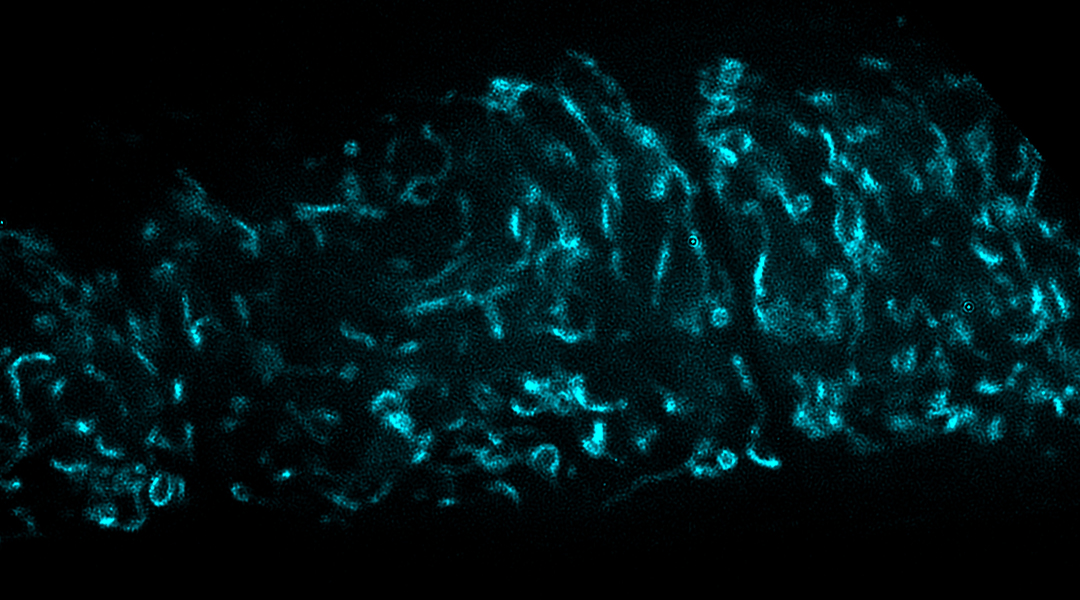
New study reveals the crucial role of mitochondria in female reproductive aging, offering potential insights into improving fertility preservation and IVF outcomes.
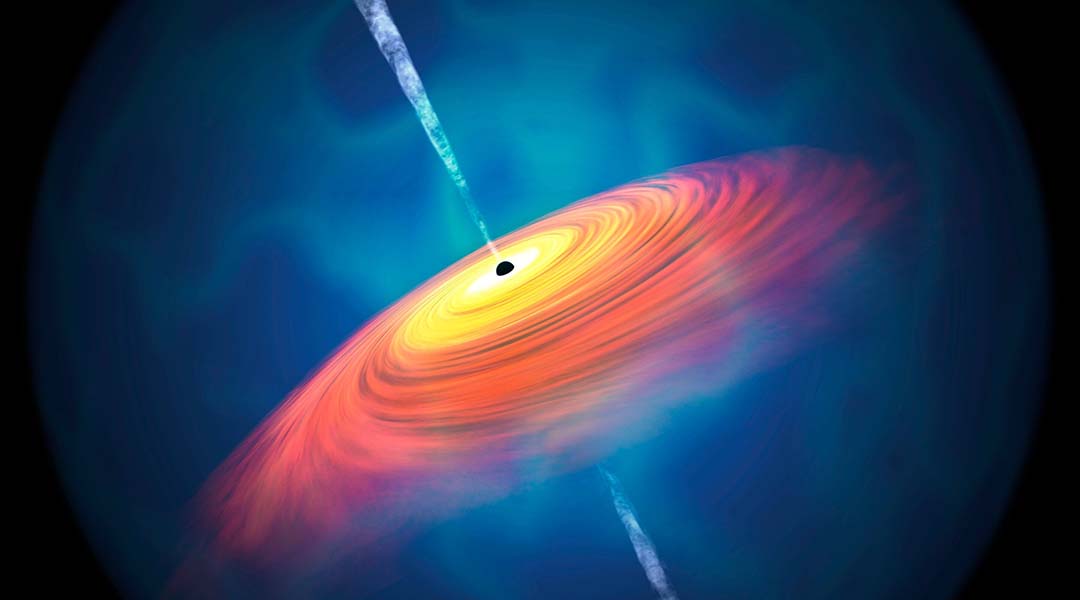
Scientists have only observed supermassive black holes one billion years after the Big Bang, but astrophysicists have now breached this barrier.